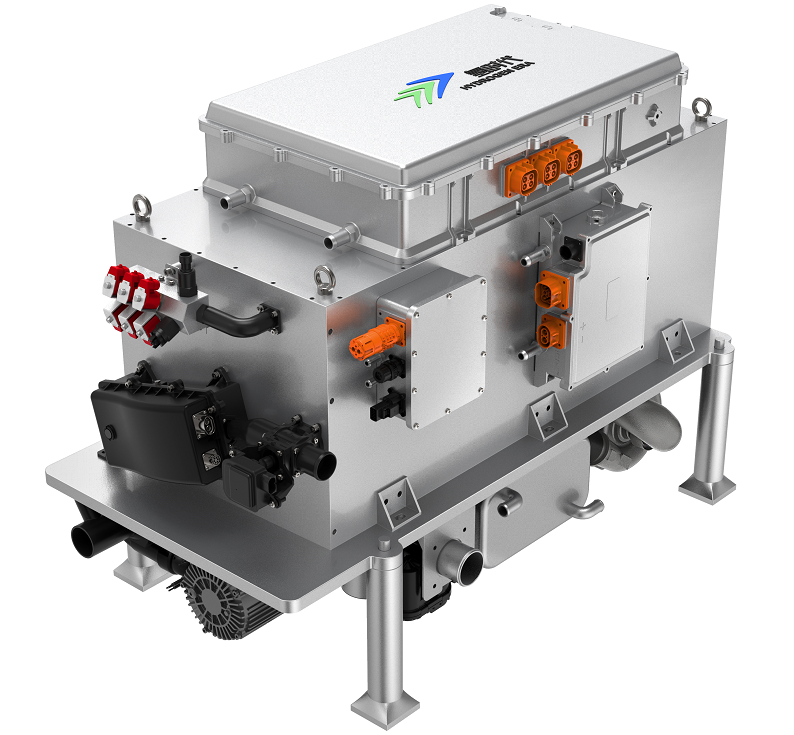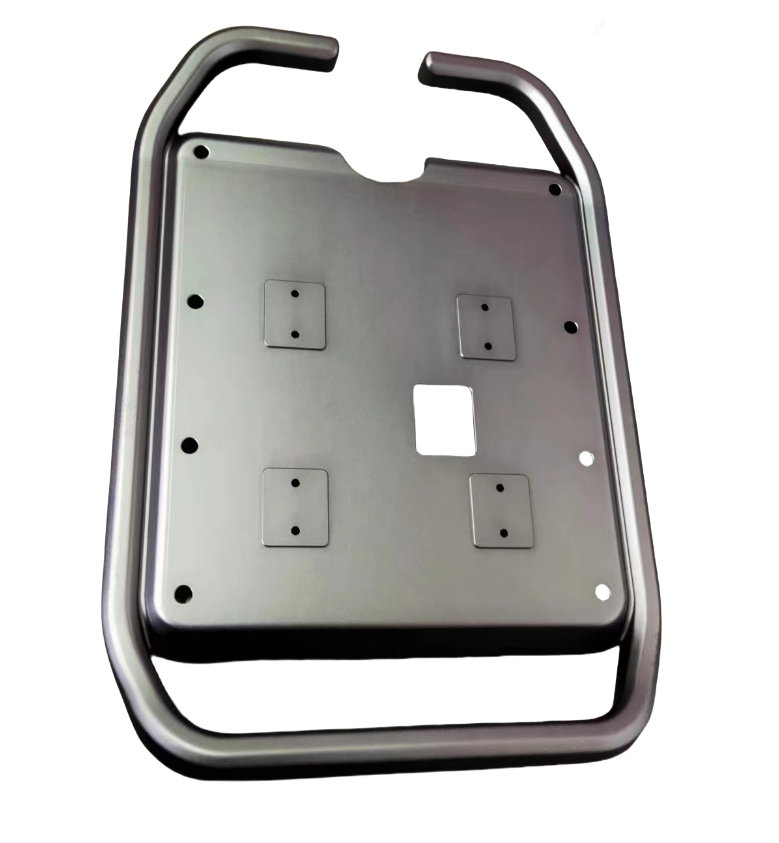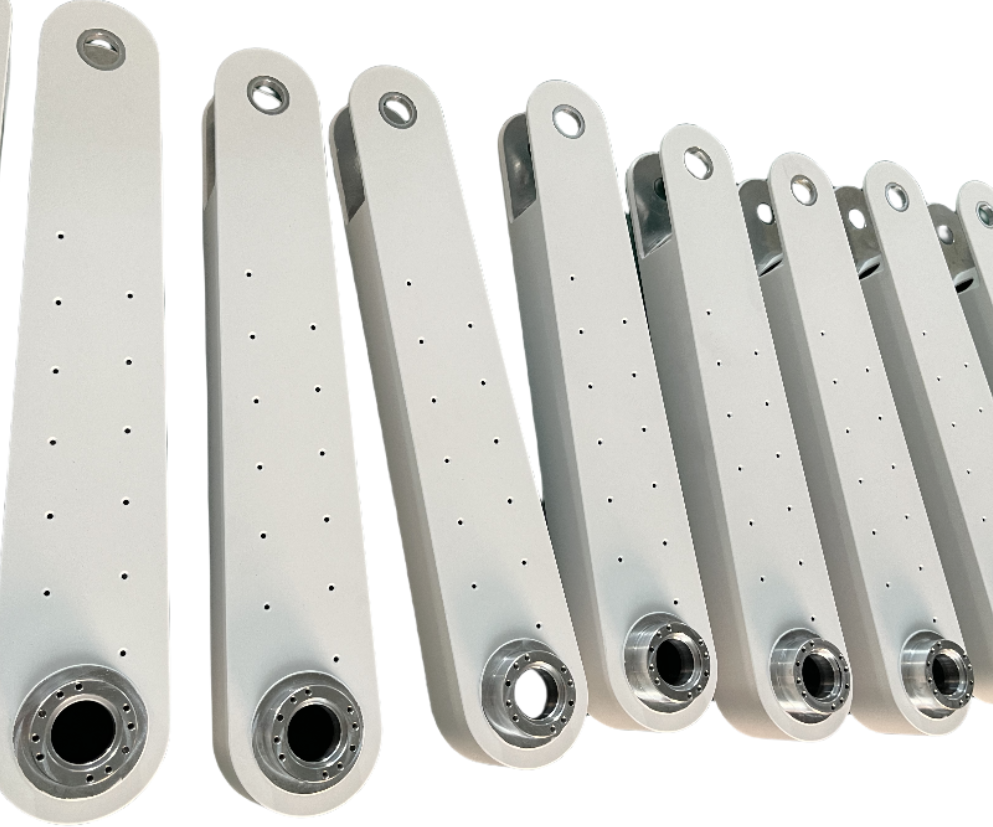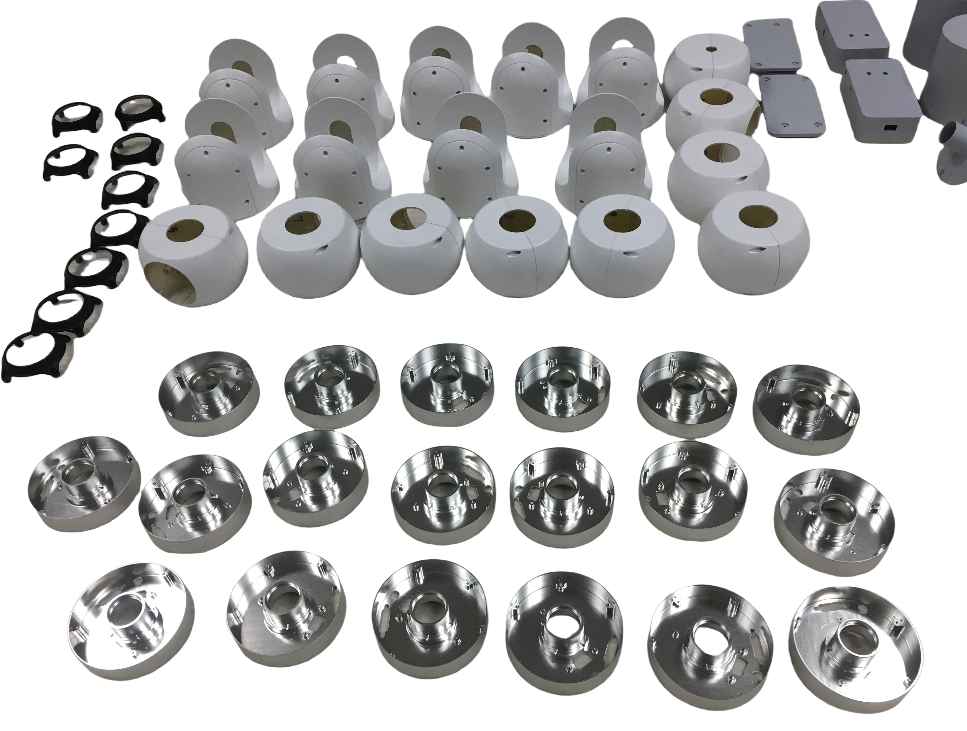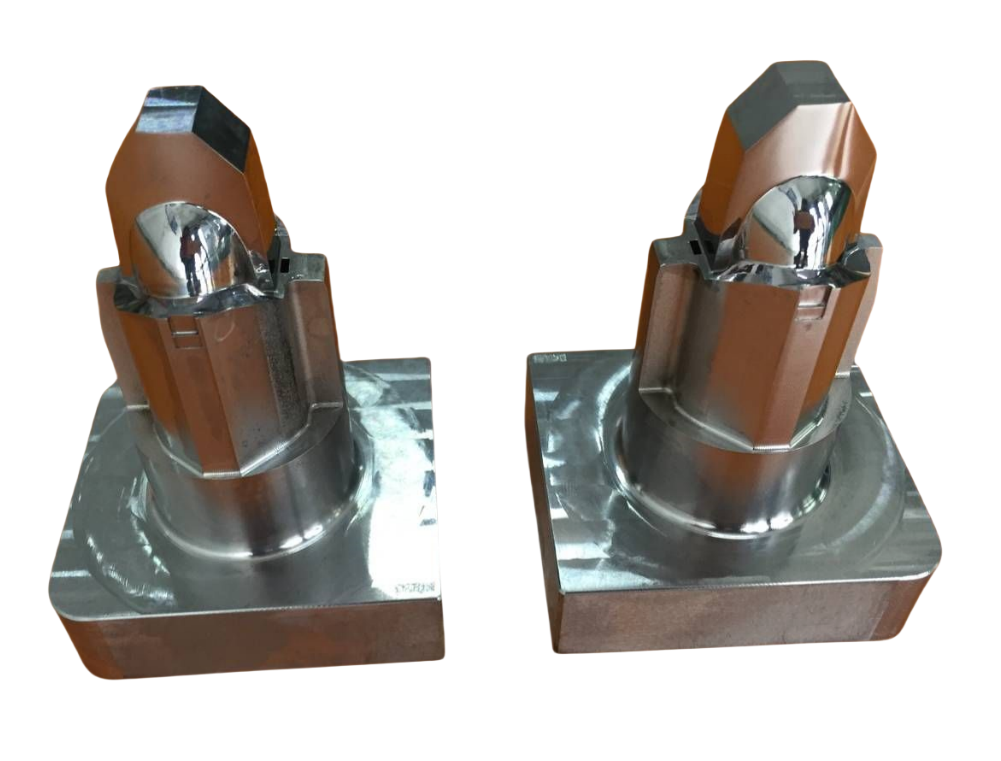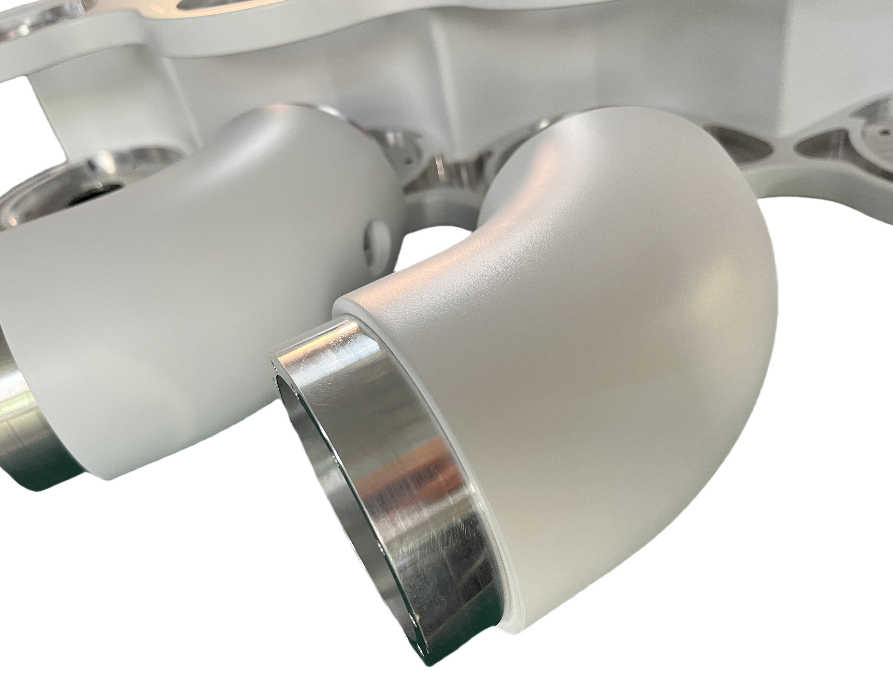 +86-13077884120
+86-13077884120 +86-13266789839
+86-13266789839
 MFG@trendy-sz.com.cn
MFG@trendy-sz.com.cn 86+13077884120
86+13077884120 gxm1235201
gxm1235201 1796474535
1796474535
CNC Rapid Prototype Services
Custom CNC Machining Service Online Ordering .Our complete 5axis CNC service will accompany your unlock machining complex project from the prototype construction to the end product parts manufacturin . Prototype…
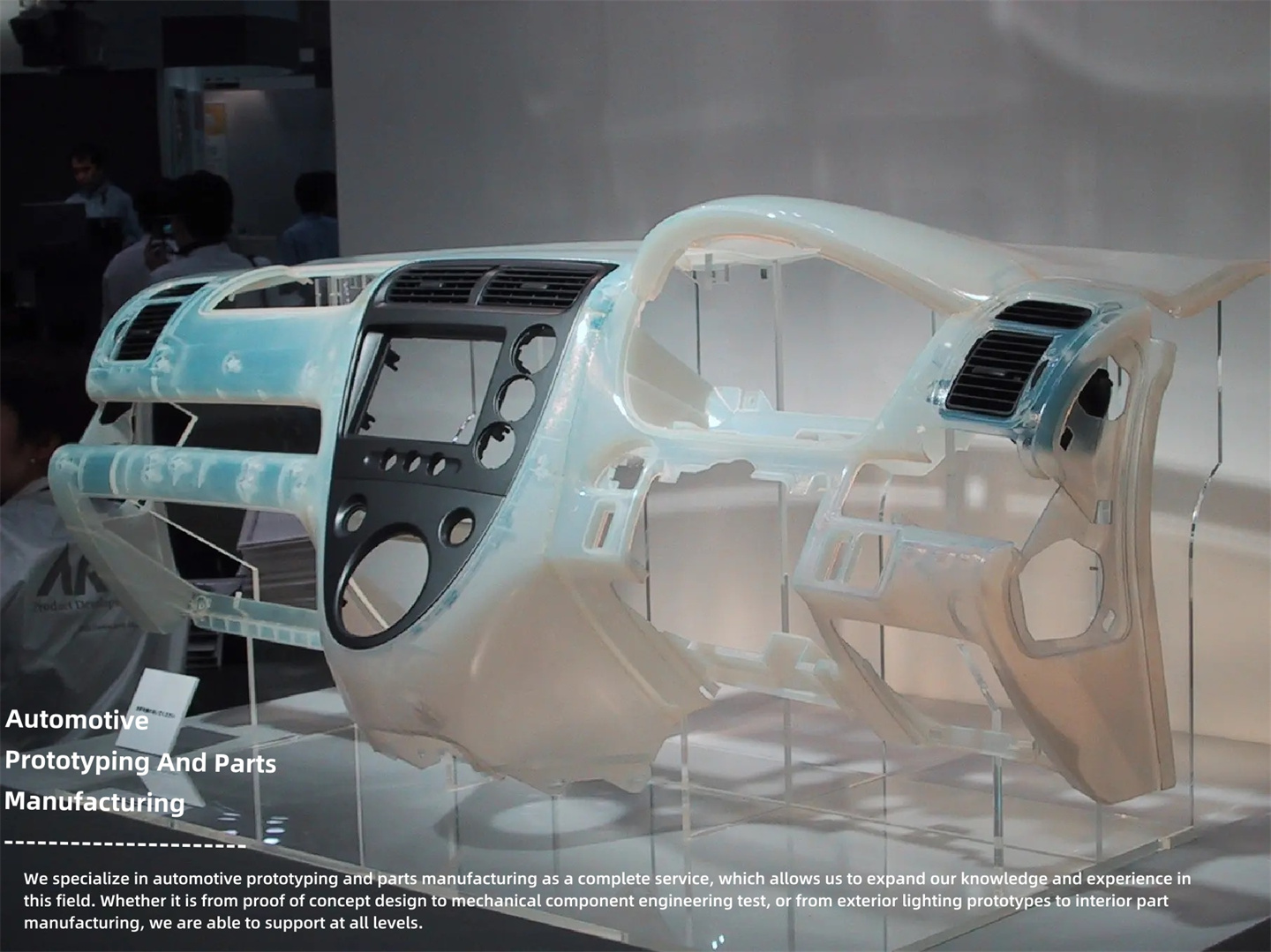
Custom CNC Machining Service Online Ordering .Our complete 5axis CNC service will accompany your unlock machining complex project from the prototype construction to the end product parts manufacturin .
Prototype Machining for Design Verification and Engineering Testing
Prototyping is the process of creating plastic and metal parts through CNC processing. It allows your design team to closely simulate the appearance, function, and material properties of the final product. Moreover, testing the suitability and manufacturability of components helps to prove and perfect the design.
We offer professional CNC services to ensure quality and accuracy, with a commitment to fast delivery.
What is Rapid Prototyping?
Rapid Prototyping Service for Your Products Development Quality Prototyping Manufacturer and Beyond
Rapid prototyping is a common early step within the product development process that quickly iterates upon an initial design. During this phase of product development the designer or engineering team is primary focused on testing form, fit, and function of the product or component. Oftentimes this design will be what is called the minimum viable product, or MVP, since it contains only the essential features necessary to test and gain user feedback. Typically speed is of most value during this phase of product development, so quick-turn or digital manufacturing processes like 3D printing or CNC machining are preferred. This allows product designers to test multiple iterations, or designs, within a short period of time and finalize the design more quickly.
Trendy with Using rapid prototyping to manufacture parts to test for component fit and function can help get your product to market faster than your competition.
Adjustments in design, materials, size, shape, assembly, color, manufacturability, and strength can be made following the results of your testing and analysis.
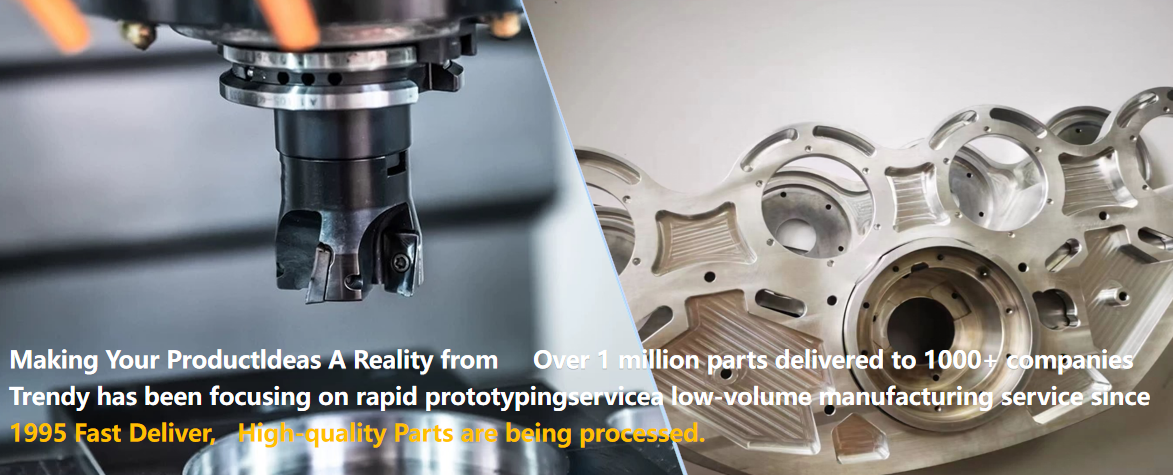
What are the Advantages of Rapid Prototyping?
The primary advantages of rapid prototyping are two fold. First, it ensures the product or component fulfills its design goals since it can be validated through user feedback or functional testing. Secondly, it helps minimize costs since teams do not need to make the capital investment into tooling or manufacturing equipment that would be needed for a production run of parts. Instead, lower volume, more affordable manufacturing processes like 3D printing, CNC machining, or injection molding with aluminum tooling can fulfill the manufacturing needs for rapid prototyping at substantially lower costs.
There are dozens of ways prototypes can be made. As prototyping processes continue to evolve, product designers are constantly trying to determine which method or technology is best for their unique application. This white paper explores the advantages and shortcomings of the major prototyping processes now available to designers. It provides process descriptions and discusses material properties of parts produced by each specific prototyping option. In addition, a helpful tree highlights key questions designers must consider when choosing a prototyping process. Ultimately, the goal is to help you select the best prototyping process for your product development cycle.
What are the benefits of CNC Machining?
♣ Speed: The fully automated aspect of CNC milling and turning means that production times are cut dramatically
♣ Accuracy: Through the use of computer CAD and CAM programming, it is possible to achieve incredible accuracy that is measured in microns
♣ Repeatability: Once created, the programme can be used to produce exact copies of the original prototype to precise specifications
♣ Quality control: The consistency of CNC milling and turning means that quality control for longer batch runs is easier to maintain

3D PRINTING READILY AVAILABLE, WHY SHOULD I CONSIDER CNC MACHINING?
With all the hype around 3D printing, the initial impression is that it is a panacea for everything! As usual, life is not that straightforward. 3D Printing or Additive Manufacture can achieve some great results, especially if time is very limited. However, to assume that other technologies are now redundant is a leap too far.
Costs are proportional to sizeFirstly, 3D Printing costs are usually proportional to size – hence as parts get larger, alternative processes such as machining start to stage a comeback. The exact point moves around for different processes and geometries.
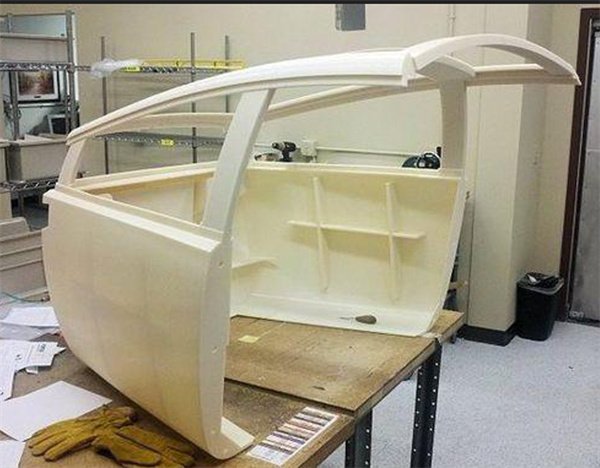 |
SLA is an industrial 3D printing, or additive manufacturing, process that builds parts in a pool of UV-curable photopolymer resin using a computer controlled laser. The laser is used to trace out and cure a cross-section of the part design on the surface of the liquid resin. The solidified layer is then lowered just below the surface of the liquid resin and the process is repeated. Each newly cured layer adheres to the layer below it. This process continues until the part is completed. |
| For concept models, cosmetic prototypes, and complex designs, SLA can produce parts with intricate geometries and excellent surface finishes as compared to other additive processes. Cost is competitive and the technology is available from several sources. | |
| Cons | |
| Prototype parts may not be as strong as those made from engineering-grade resins, so the parts made using SLA have limited use for functional testing. Additionally, while parts undergo a UV-cycle to solidify the outer surface of the part, parts built in SLA should be used with minimal UV and humidity exposure so they don’t degrade. | |
| SLS | Selective Laser Sintering |
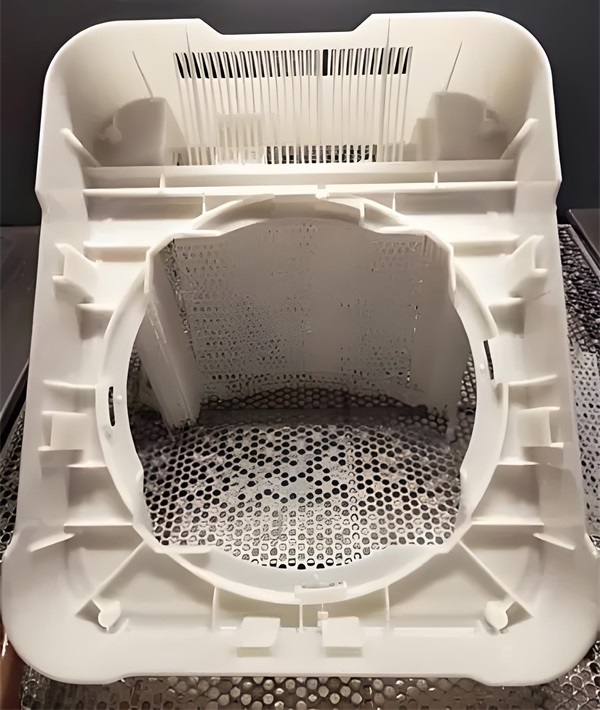 |
SLS is one of five additive processes available at Protolabs. During the SLS process, a computer-controlled CO2 laser draws onto a hot bed of nylon-based powder from the bottom up, where it lightly sinters (fuses) the powder into a solid. After each layer, a roller lays a fresh layer of powder on top of the bed and the process repeats. SLS uses either rigid nylon or elastomeric TPU powders similar to actual engineering thermoplastics, so parts exhibit greater toughness and are accurate, but have rough surface and lack fine details. SLS offers a large build volume, can produce parts with highly complex geometries and create durable prototypes. |
| DMLS | Direct Metal Laser Sintering |
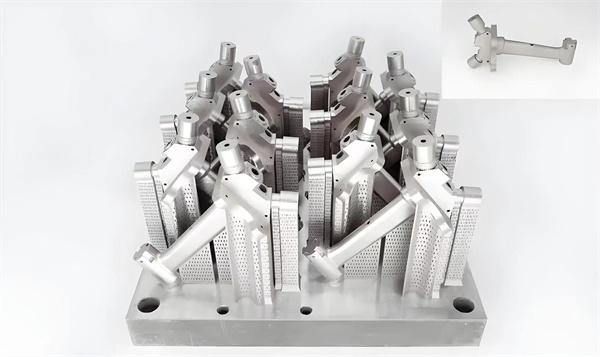 |
DMLS is an additive manufacturing technology that produces metal prototypes and functional, end-use parts. DMLS uses a laser system that draws onto a surface of atomized metal powder. Where it draws, it welds the powder into a solid. After each layer, a blade adds a fresh layer of powder and repeats the process. DMLS can use most alloys, allowing prototypes to be full-strength, functional hardware made out of the same material as production components. It also has the potential, if designed with manufacturability in mind, to transition into metal injection molding when increased production if needed |
| FDM | Fused Deposition Modeling |
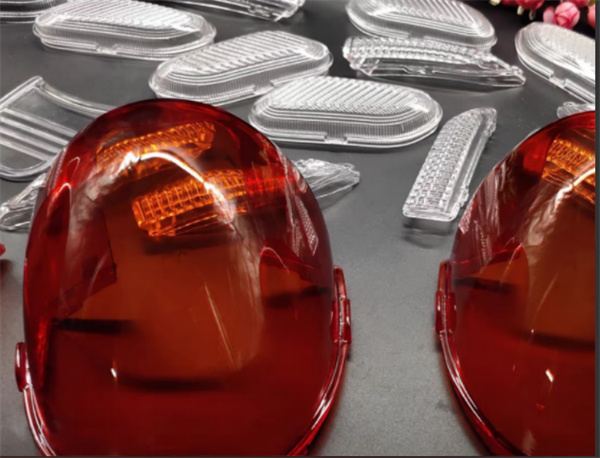 |
FDM uses an extrusion method that melts and re-solidifies thermoplastic resin (ABS, polycarbonate, or ABS/polycarbonate blend) in layers to form a finished prototype. Because it uses real thermoplastic resins, it is stronger than binder jetting and may be of limited use for functional testing. |
| Pros | |
| FDM parts are moderately priced relatively strong, and can be good for some functional testing. The process can make parts with complex geometries. | |
| MJF | Multi Jet Fusion |
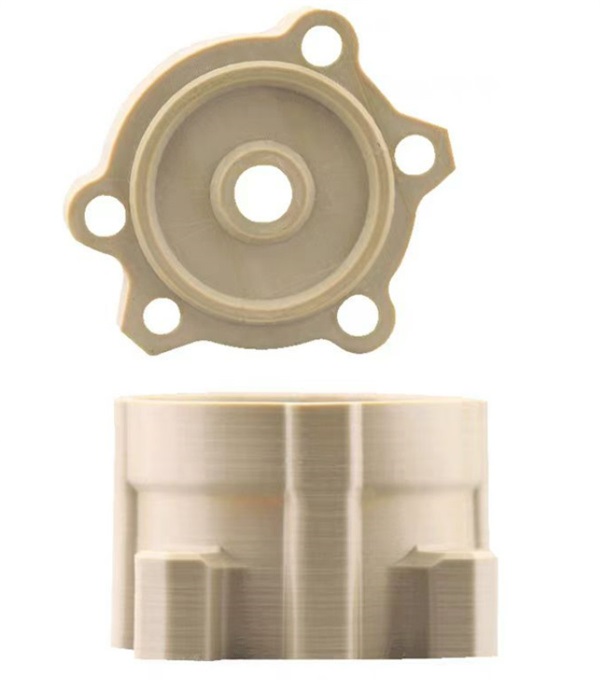 |
MJF uses an inkjet array to selectively apply fusing and detailing agents across a bed of nylon powder, which are then fused by heating elements into a solid layer. After each layer, powder is distributed on top of the bed and the process repeats until the part is complete. When the build finishes, the entire powder bed with the encapsulated parts is moved to a processing station where a majority of the loose powder is removed by an integrated vacuum. Parts are then bead blasted to remove any of the remaining residual powder before ultimately reaching the finishing department where they are dyed black to improve cosmetic appearance. |
| PJET | PolyJet |
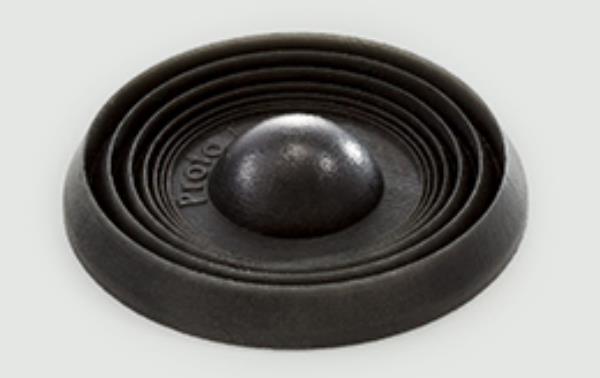 |
PolyJet uses a print head to spray layers of photopolymer resin that are cured, one after another, using ultraviolet light. The layers are very thin allowing quality resolution. The material is supported by gel matrix that is removed after completion of the part. Elastomeric parts are possible with PolyJet. |
| Pros | |
| This process is moderately priced, can prototype overmolded parts with flexible and rigid materials, can produce parts in multiple color options, and easily duplicates complex geometries. | |
| Cons | |
| PolyJet parts have limited strength (comparable to SLA) and are not suitable for functional testing. While PolyJet can make parts with complex geometries, it gives no insight into the eventual manufacturability of the design. Also, colors can yellow when exposed to light over time. | |
| CNC | Computer Numerically Controlled Machining |
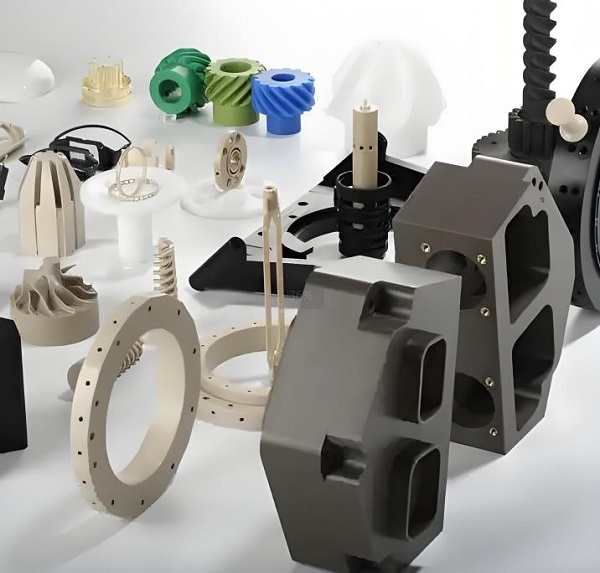 |
In machining, a solid block (or rod stock) of plastic or metal is clamped into a CNC mill or lathe respectively and cut into a finished part through a subtractive process. This method generally produces superior strength and surface finish to any additive manufacturing process. It also has the complete, homogenous properties of the plastic because it is made from solid blocks of extruded or compression molded thermoplastic resin, as opposed to most additive processes, which use plastic-like materials and are built in layers. The range of material choices allows parts to be made with the desired material properties, such as: tensile strength, impact resistance, heat deflection temperatures, chemical resistance, and biocompatibility. Good tolerances yield parts suitable for fit and functional testing, jigs and fixtures, and functional components for end-use applications. A number of manufacturers, including Protolabs, use 3-axis milling and 5-axis indexed milling processes along with turning to manufacture parts in a range of engineering-grade plastics and metals. |
| Pros | |
| Machined parts have good surface finishes and are quite strong because they use engineering-grade thermoplastics and metals. Like 3D printing, custom prototypes can be delivered in as fast as one day at some suppliers. | |
| IM | Injection Molding |
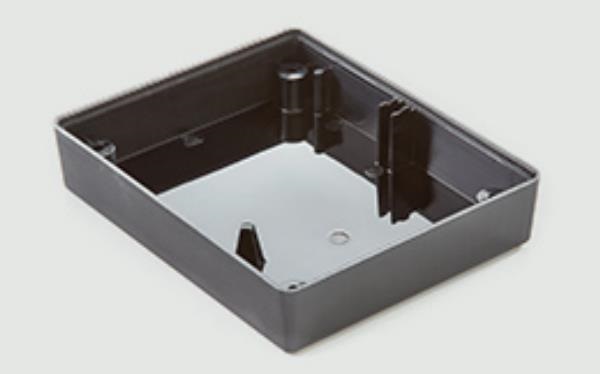 |
Rapid injection molding works by injecting thermoplastic resins into a mold, just as in production injection molding. What makes the process “rapid” is the technology used to produce the mold, which is often made from aluminum instead of the traditional steel used in production molds. Molded parts are strong and have excellent finishes. It is also the industry standard production process for plastic parts, so there are inherent advantages to prototyping in the same process if the situation allows. Almost any engineering-grade plastic or liquid silicone rubber (LSR) can be used, so the designer is not constrained by the material limitations of the prototyping process. |
| Pros | |
| Molded parts are made from an array of engineering-grade materials, have excellent surface finish, and are an excellent predictor of manufacturability during the production phase. | |
| Cons | |
| There is an initial tooling cost associated with rapid injection molding that does not occur with any of the additive processes or with CNC machining. So in most cases, it makes sense to do one or two rounds of rapid prototypes (subtractive or additive) to check fit and function before moving to injection molding |
Surface finishes
Secondly, there is the big issue of surface finish. 3D Printed parts by their nature will be made in layers and on curved surfaces these can appear as steps. To achieve a good surface finish this needs to be hand dressed out before painting or tooling. CNC Machining works in a minimum of three simultaneous axes. The result being a smooth, accurate surface straight from the machine.
Material choices
Thirdly, materials are usually process specific for 3D Printing, whereas the list of options for CNC Machining are huge. Yes, processes such as FDM can additively create parts in ABS, PC etc, but these are still layered and as such will be different from an ABS prototype that has been CNC Machined from solid.
Trendy can provide plenty of different material to customized rapid prototype
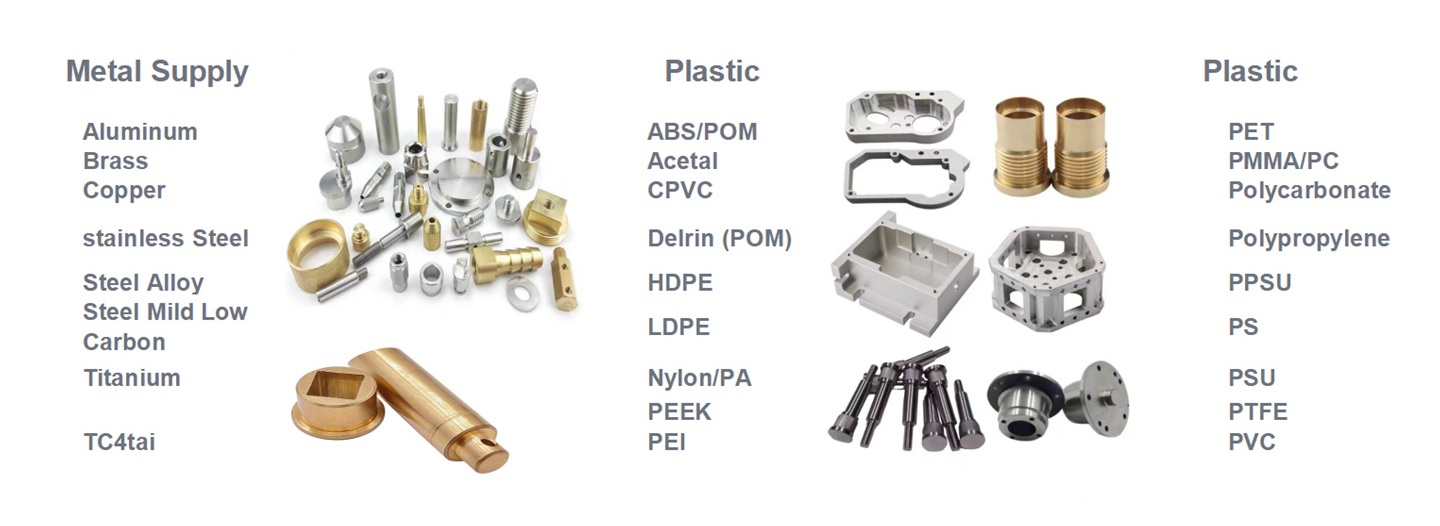
Case of rapid prototype OEM and ODM Show

Why to Choose Rapid Prototyping Service
• Show your client a physical model of the prototype.
• Verify the feasibility of your product’s appearance, size and features.
• Test whether your product is usable to the market before production.
• Reduce production costs through prototyping.
• Optimize and improve the production process through testing.
Hot Tags: cnc rapid prototype services, China, manufacturers, factory, customized, wholesale, buy

